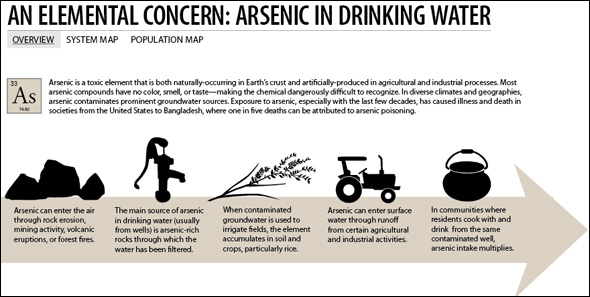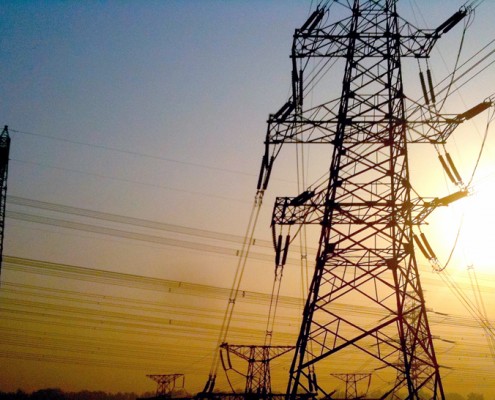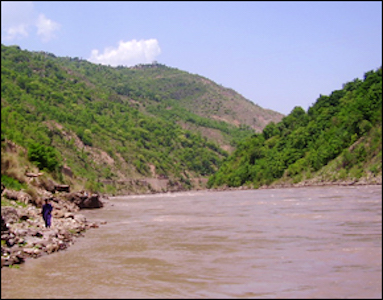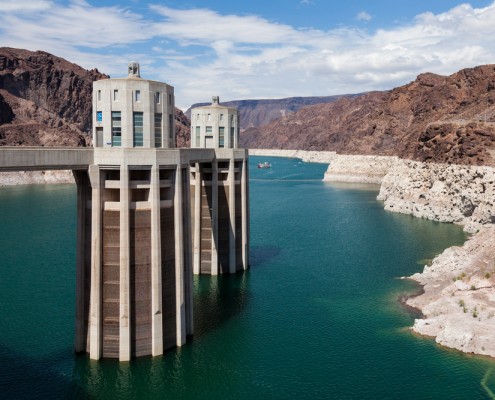Posts

Coal Conversion in the Rust Belt: Will It Be a Diamond for Small Ohio River Town?
3 Comments
/
An energy company has plans to withdraw water from the Ohio River, the potential site for a coal-to-liquid fuels conversion plant, which would be the first of its kind in the United States and the sixth in the world. Though it will bring jobs to the region, the proposal is facing strong opposition from environmental groups.

Infographic: An Elemental Concern—Arsenic in Drinking Water
Arsenic is both naturally occurring and artificially produced, and the toxin is very dangerous since it often has no color, taste, or smell. This graphic breaks down how arsenic gets into drinking water supplies and how arsenic affects the U.S. on the state level.

Event Invitation—Choke Point: Confronting Energy Demand and Water Scarcity in China
Circle of Blue and the China Environment Forum at the Woodrow Wilson International Center for Scholars will give an absorbing presentation on the energy-water choke points that are tightening around the world’s two largest economies. Please RSVP for May 6, 2011 from 9:00 a.m. - 11:00 a.m.

Memo to Hu and Obama: Water and Energy Choke Points Merit Time at the China-U.S. Summit
Collaborate on resolving confrontation between rising energy demand and water scarcity in both countries.

North vs. South—Carolina States Settle Water Dispute Without Supreme Court
A negotiated agreement ends a three-year conflict between North Carolina and South Carolina over the Catawba and Yadkin rivers.

Arizona’s Gamble — Conserve Water Now, Prevent Deeper Cuts Tomorrow
For years, the state took as much water as it could from Lake Mead; now it plans to leave some in the reservoir.

Study: Unregulated Toxin Present in Tap Water of 31 U.S. Cities
California is the first state to consider a limit on the “Erin Brockovich” chemical, which has been found in 31 of 35 U.S. cities recently surveyed.

Deadly La Niña Goes Global—Part I: For Western Hemisphere, Record Rains in Latin America
Hundreds have died in Colombian floods, as cooler sea temperatures affect regions around the Pacific; climate change seen as a possible cause.

India and Pakistan Dispute Water Use for Hydropower, Agriculture
India strives to redirect water, currently used for Pakistani agriculture, on the Kishanganga River for 330 megawatts.


